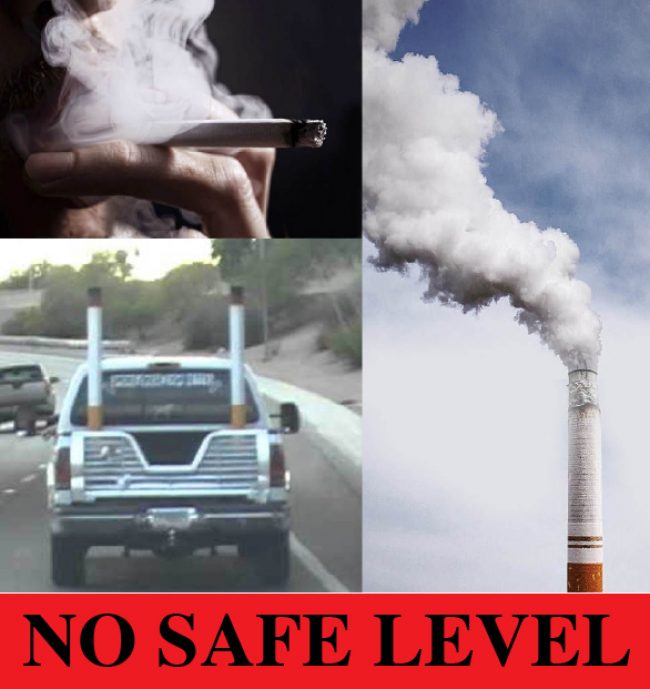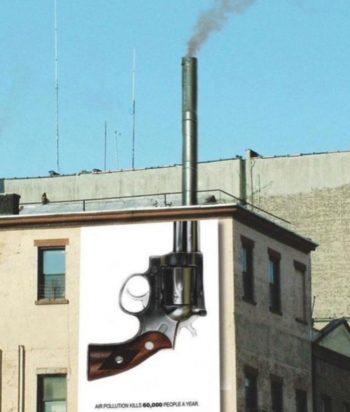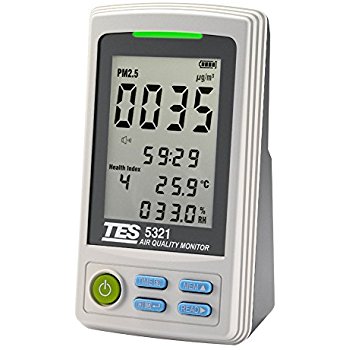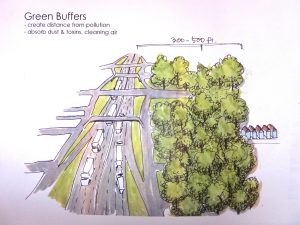Meet Our New Campaign Targeting Toxic Particulate Matter: “NO SAFE LEVEL”

Toxic Particulate Matter – “PM” – is the New Lead

PM is the scientific name for industrial soot. It comes from burning things. Wood. Gasoline. Diesel. Coal. Waste. Everything that depends on on burning something, produces Particulate Matter: cars, trucks, buses, locomotives, boilers, furnaces, kilns, etc.
PM pollution is tiny. It’s much smaller than nature’s dust particles that our nose hairs, throat and lungs have evolved to handle most of the time. Because its so small PM pollution can actually pass through your lungs’ lining and goes directly into your bloodstream. From there it goes to any organ it’s carried to – the liver, the reproductive system, the brain.
Numerous studies have shown the terrible impact of PM pollution on human lungs and hearts.It causes heart attacks, strokes, asthma and COPD. More recent studies have shown a whole new threat. Exposure to PM is now linked to AHAD and Austim in children, and Dementia and Parkinson’s disease in adults. Immune system and reproductive organ damage have also been ties to PM exposure. Like lead in paint and gasoline, this pollution can do damage to a person’s social and intellectual capacities, not just physical ones

PUBLIC INFO & BRAINSTORMING SESSION:
The Dangers of PM Pollution and What We Can Do About It in DFW
Saturday, December 9th
2 – 4 pm
2900 Live Oak in East Dallas
ALL ARE WELCOME
This year the most comprehensive study on PM pollution health effects ever produced was published by Harvard’s School of Public Health. It covered 60 million people over 12 years.
It found significant health damage occurring at levels well below the current EPA standard and concluded there is no “safe” level of exposure to PM pollution. That is, there is no exposure that is not capable of doing some harm to you, no matter how small.
That same study found African-American seniors were three times more likely to die from PM exposure than any other group, with Latinos and Asians also suffering disproportionately. “Point Sources” (smokestacks) of PM are more likely to be in located in low-income communities of color. People of color are more likely to ride diesel-powered buses used for public transit or live along PM-spewing freeways. There’s no other type of pollution that’s linked so closely to how “undesirable” industries and people were forced to live next to one another over the decades.
Here in DFW we’ve flirted with high regional levels of PM pollution but we really don’t know the extent of it since the EPA and State only have four PM monitors for the entire DFW area of seven million people.
That’s why our first job is to help map PM pollution hot spots in DFW. Downwinders is building a “Citizen’s Guide to PM Pollution” that identifies all the largest sources of PM pollution – factories, railways, freeways, transit and school bus routes.
We’re purchasing portable PM pollution monitors citizens can use to police their own neighborhoods and helping to build a new monitoring network that cities can use to track events like the one on Oct 19th – that still remains a mystery.
What can be done in DFW to reduce our exposure to PM pollution? New controls on industry of course, including the cement kilns and coal plants. But also electrification of bus fleets, buffer zones beside freeways, and a detangling of pollution and people in places like West and South Dallas and the Northside of Fort Worth that require pushing the reset button on local planning.
Just turning bus route shelters 180° around so they don’t openly face street traffic has been found to reduce exposure to PM pollution by 30-50% for transit riders – one of the populations at highest risk for PM exposure.

PM pollution is everywhere. It’s so ubiquitous we take it for granted. Much like people took cigarette smoking for granted 40 years ago. And that’s where we’re at with this campaign, at the very beginning of a massive public health education and advocacy effort, a no-smoking campaign for machines that also has the potential to reshape planning, politics, and culture. We have a huge task ahead of us. And we need your help.
Come join us on December 9th to learn more about this insidious from of air pollution and help us come-up with the best approaches for where to start reducing it in DFW.
Saturday, Dec. 9th 2-4 PM Meadows Conference Center 2900 Live Oak
